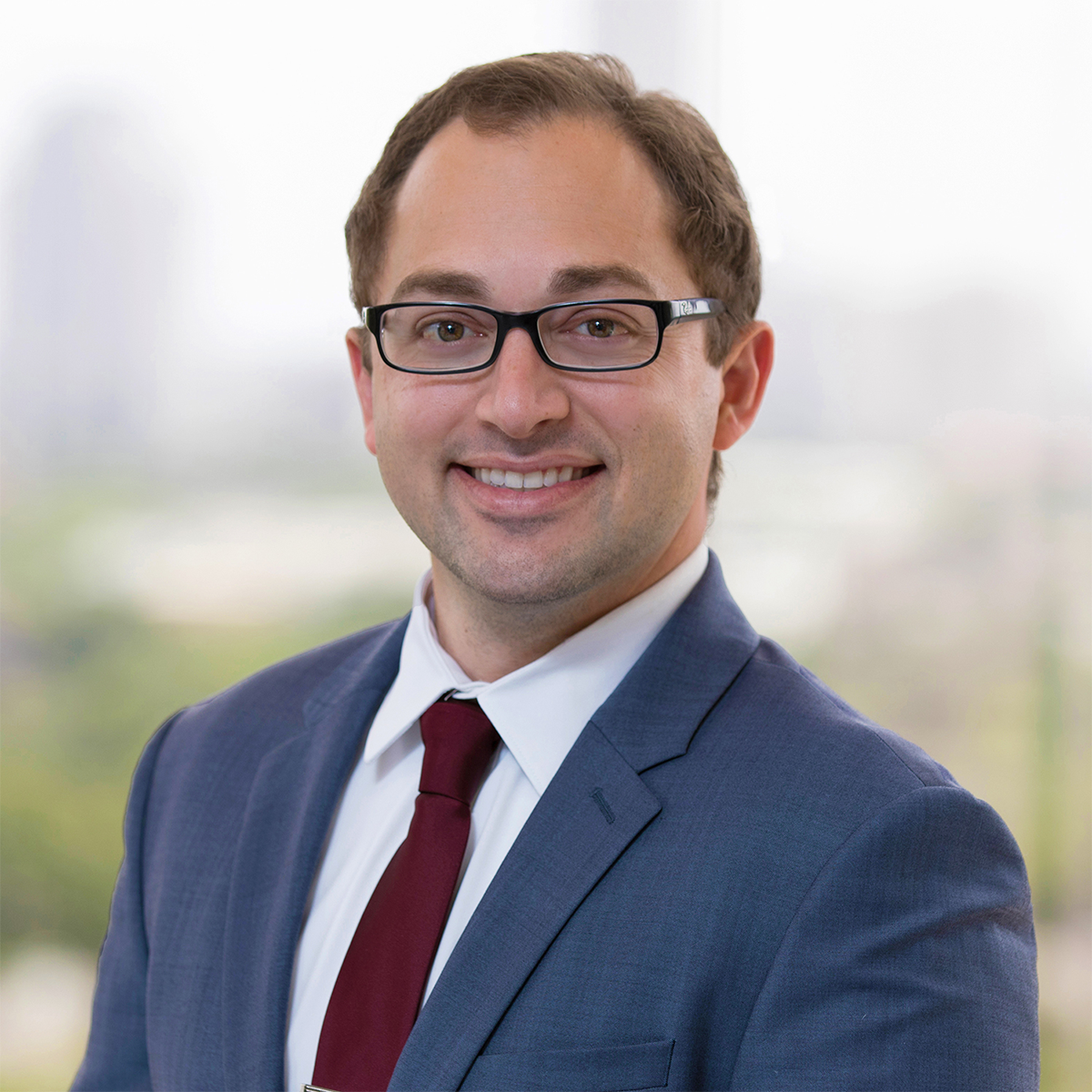Author: Jordan Johnson
CMS changed the supervision level for hospital outpatient procedures furnished by all hospitals and critical access hospitals from Direct to General on January 1, 2020. This applies ONLY to hospitals NOT freestanding centers.
Radiation therapy services furnished in a freestanding radiation therapy center are covered under a separate benefit category from therapeutic services provided in a hospital outpatient department. Freestanding center radiation therapy services are specifically covered under Section 1861(s)(4) of the Social Security Act.
General supervision is defined in regulation at 42 Code of Federal (CFR) 410.32(b)(3)(i) to mean that the procedure is furnished under the physician's overall direction and control, but that the physician's presence is not required during the performance of the procedure. All the policy safeguards that have been in place to ensure the safety, health and quality standards of the outpatient therapeutic services that beneficiaries receive will continue to be in place under our new policy. These safeguards include allowing providers and physicians the discretion to require a higher level of supervision to ensure a therapeutic outpatient procedure is performed without risking a beneficiary’s safety or their quality of the care, as well as the presence of outpatient hospital and CAH Conditions of Participation (CoPs), and other state and federal laws and regulations.
It was also noted in the same publication that providers retain the ability to require more stringent requirements:
Also, as we noted in the CY 2020 OPPS final rule, establishing general supervision as the default level of physician supervision for outpatient therapeutic services does not prevent a hospital or CAH from requiring a higher level of supervision for a particular service if they believe such a supervision level is necessary. Providers and physicians have flexibility to require a higher level of physician supervision for any service they furnish if they believe a higher level of supervision is required to ensure the quality and safety of the procedure and to protect a beneficiary from complications that might occur.
Many have met resistance internally about the application of these changes for their oncology practices and departments. This resistance is either from the lack of understanding or push to assume unnecessary risk.
Due to the risk, and potential irreversible damage associated with radiation therapy, safety, with regards to supervision should always be considered first.
Important takeaways and facts:
- If you are ACR or APEx accredited supervision is required to be direct by a radiation oncologist.
- Advanced care practitioners do not meet the requirements of independent supervision based on AMA definitions and RVU structure of the physician management CPT codes.
- Advanced care practitioners are not on the state linear accelerator or radioactive source license.
- Some have challenged and been granted state rights for Advanced Care Practice supervision. Even if this occurs the hospital still retains the enforcement of scope of practice.
- There are exceptions in certain MAC Jurisdiction LCDs.
- Image guidance falls under diagnostic X-ray and tests NOT therapeutic services. These require supervision by a physician. Cone beam CT and KVKV imaging fall under direct supervision (not advanced care practitioner supervision). The supervisory physician must have within his or her state scope of practice and hospital-granted privileges, the knowledge, skills, ability and privileges to perform the service.
- A physician is defined by the Social Security Act as a “Doctor of Medicine or osteopathy legally authorized to practice medicine and surgery by the state in which he performs such function.” Based on this definition an advanced care practitioner does not meet the requirement.
An example where this rule may apply and would serve as change in current operations based on the definition update in MM11605 and the OPPS Final Rule:
A single radiation oncologist practice that is hospital based. The RO is in performing a brachy procedure outside of the department. In this case treatments could be delivered in the department. Under the previous definition of treatments being provided under direct supervision. An RO in a brachytherapy would be outside the department and not immediately available and/or interruptible.
With the change as of January 1, 2020 this could be different. It should be considered by the facility’s legal counsel, compliance and medical staff privileging as to the level of risk assumed by the changes in the supervision levels from Direct to General.

MORE INFORMATION ABOUT OUR SOLUTIONS
Jordan Johnson
Contact us to discuss consulting or schedule a demo of ClaimHealth.
Jordan@legionhp.com or 318-537-1509

